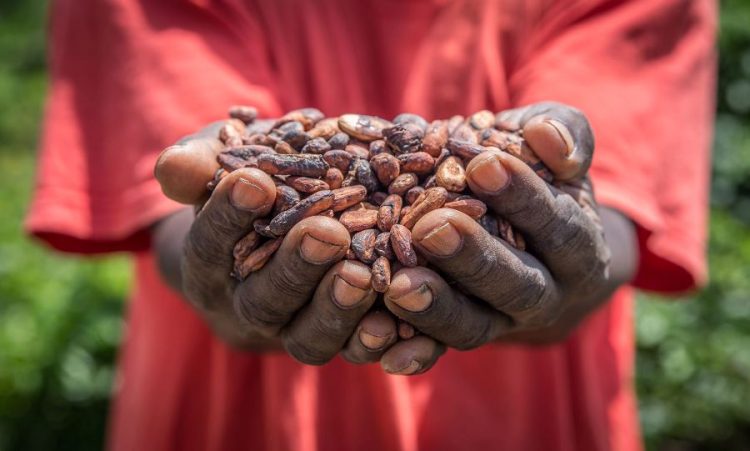Publisher: Maaal International Media Company
License: 465734
Chocolate prices expected tit new records due to speculation, climate change, and lack of investment
اقرأ المزيد
A recent report by the Financial Times of London explained that there are several reasons why cocoa prices are rising around the world, including speculation, climate change and lack of investment.
Cocoa farmers in West Africa are suffering from high input costs, bad weather and crop diseases, and with Easter approaching, sweet-loving consumers in Europe and North America are beginning to shift their ideas about chocolate. It is expected that prices this year will be higher than ever before, and this has nothing to do with the current inflationary pressures in the market. Instead, it appears to be the continued rise in cocoa prices in recent months that has driven up costs.
Cocoa prices rose to all-time highs, with New York cocoa futures prices doubling compared to the same time last year. Cocoa futures traded in London on Tuesday at a record high of £5,827 per tonne.
On the same day last year, they were trading at £1,968. Prices are rising partly due to supply pressures. Bad weather has affected Ivory Coast and Ghana, which together produce about two-thirds of the world’s cocoa beans, and El Niño, a sea temperature phenomenon that occurs every three to five years, returned last year, initially bringing unseasonably heavy rains to the region has high temperatures. The result is a global harvest that is 11% lower than last year’s season, according to forecasts recently published by the International Cocoa Organization.
Find alternatives
Analysts warn that chocolate makers and brands will pass on higher costs to consumers. If that hasn’t already happened, they will work to limit losses by reducing volumes and boosting prices, says Paul Jules, cocoa analyst at Rabobank. Plain chocolate bars are also likely to be replaced with fruit and nut bars or other less chocolate-intensive alternatives, he said. Persistent situation: This is unlikely to be a temporary situation.
Although El Niño stimulated higher cocoa prices and market speculators exacerbated them by accumulating in futures contracts, deep-rooted structural issues underpin production pressure. From climate change to chronic underinvestment, these problems will not be solved by changing the season.
Douglas Lamont, chief executive of Tony’s Chocolonly, a sustainable chocolate brand that pays an income premium to farmers on top of the on-farm price, says this model must change. In light of the low returns. For cocoa farmers like Isifo Isaka, watching the market soar is mind-boggling. Cocoa futures were trading mid-week in New York at $6,648 per ton. Isaka says he gets $1,700 per ton.
Faced with rising input costs, bad weather and disease, returns on his 11-acre land in Bibiani Anhuyaso Bekwai in western northern Ghana have dwindled over the past few years. “If care is not taken, the world’s second-largest producer will see its production halved in the next five years,” he says. Years of massive cocoa production, especially in neighboring Ivory Coast which produces nearly half the global supply, has kept prices generally low. This may be good news for Western consumers, but here it meant that cash-strapped farmers were unable to invest in their cocoa farms.









